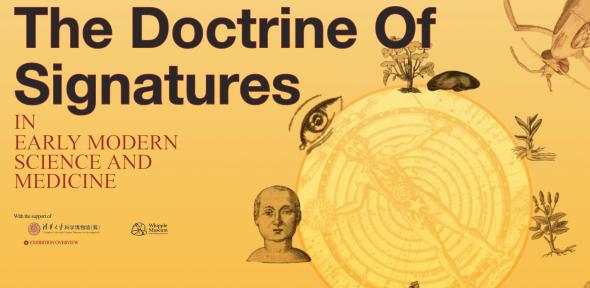
Submitted by Steven Kruse on Tue, 02/08/2022 - 14:30
Please check out Xinyi Wen's online Doctrine of Signatures Exhibition, which was hosted by the Whipple Museum earlier this year.
A walnut looks like a brain, and therefore could perhaps cure brain diseases — today, a traditional medicinal idea called ‘the doctrine of signatures’ is widely cited in contemporary pharmacy and herbalism. It holds that many minerals, plants and animals have ‘signatures’, i.e. visible resemblance to human organs, bodily fluids or disease symptoms, and that these signatures indicate the curative effects of natural things.
Throughout the centuries, the doctrine of signatures has been veiled by layers of constructions: some argue that it originated from sixteenth-century Swiss physician Paracelsus, some trace it back to antiquity, and some see it as a worldwide universal practice of primitive analogical thinking. Unsurprisingly, the theory of signatures is often taken as an emblem of the superstitious, magical premodern era, in opposition to any scientific worldviews.
This exhibition will offer a historical overview of the theories and practices of signatures in early modern European medicine. We invite you to explore: what is the doctrine of signatures? How did early modern people heal with signatures? And how did the doctrine of signatures shape early modern science?



